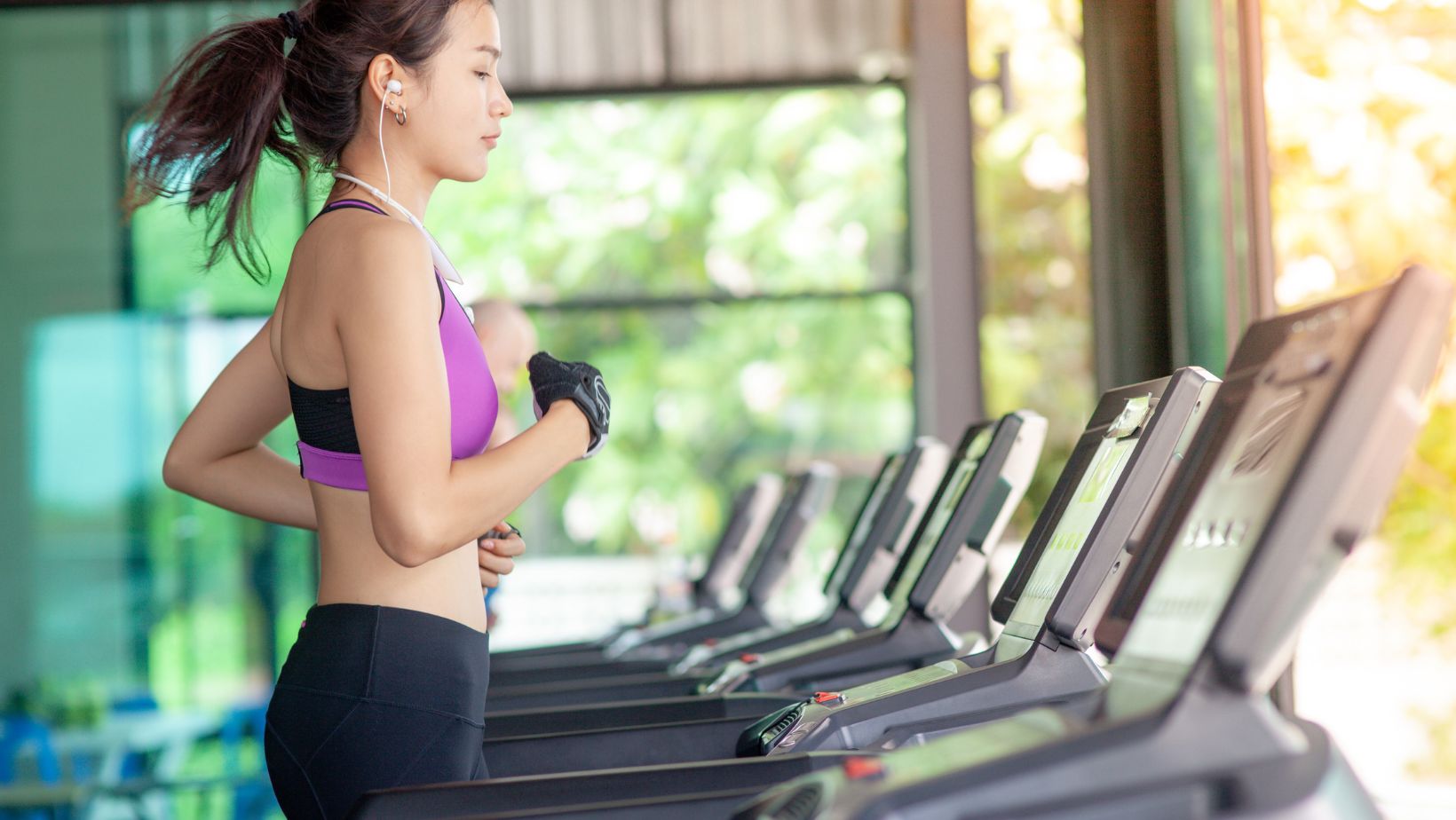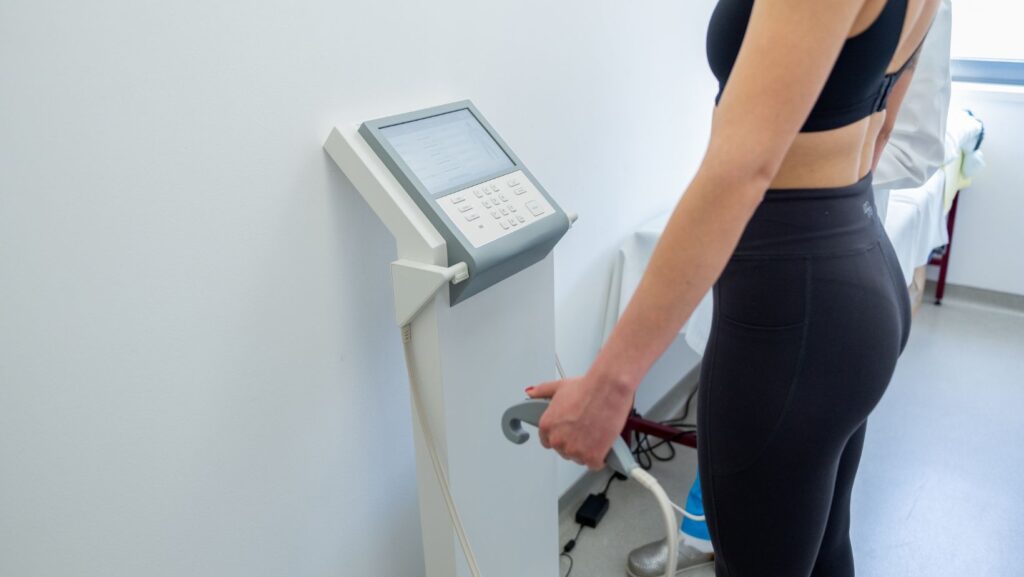Many wonder if a body fat scanner can predict their fitness progress. These devices analyze body composition by providing data on fat, lean mass, and more. A body fat scan can give you insights into your fitness journey, helping you track changes over time.
Body fat scanners are becoming more mainstream with the rising popularity of fitness gadgets. They offer a non-invasive way to assess body composition, making them a useful tool for goal-setting. Before you dive in, you should find the nearest testing location to experience one firsthand.
While these devices provide valuable information, factors like hydration and time of day can affect results. So, while the scan gives you a snapshot of your current body composition, paying attention to consistent use and additional lifestyle changes is key to seeing real progress.
Understanding Body Fat Scanning
Body fat scanning helps you learn more about your body’s composition, including fat percentage and muscle mass. This section covers different types of scanners, how they work, and their accuracy for measuring body fat.
Types of Body Fat Scanners
There are several types of body fat scanners. One common type is the body fat scale, which uses bioelectrical impedance analysis. You simply stand on the scale, and it sends a light electrical current through your body to estimate fat percentage. Another option is a DXA scan, which provides a detailed picture of your body’s fat, lean mass, and bone density. Air displacement plethysmography, or the Bod Pod, measures body mass by analyzing air displacement in a closed chamber. Each type has unique features, catering to different needs and preferences. Understanding how each works helps you choose the right one.
How Body Fat Scanners Work
Body fat scanners operate by sending an electrical signal through the body. The speed at which this signal travels helps determine the amount of fat, as fat tissue resists the signal more than lean tissue. In DXA scans, X-rays pass through your body at different wavelengths to differentiate between fat, lean tissue, and bone.

This method provides a detailed analysis. Meanwhile, air displacement plethysmography involves sitting in an enclosed chamber and measures changes in air pressure related to body volume. Each method provides unique insights into your body’s composition.
Accuracy of Body Fat Measurements
Accuracy varies across different scanner types. Body fat scales provide rough estimates and may be affected by hydration, meal timing, and skin temperature. DXA scans are typically more precise, clearly showing fat and muscle distribution. The Bod Pod provides reliable measurements by precisely calculating body density but requires strict testing conditions. Regardless of the method, all scans give estimates rather than exact measures. Comparing results over time helps track changes in body composition.
Interpreting Scanner Data for Fitness Progress
Understanding the data from a body fat scanner can help you better track changes in your body composition. Using the information gathered, you can make informed decisions about your fitness plan and adjust your goals to optimize results.
Correlation Between Body Fat Percentage and Fitness
Body fat percentage is a key metric when assessing fitness levels. This number represents the portion of your body that is made up of fat compared to other components like muscle and bone. Higher body fat percentages often indicate lower fitness levels, while lower percentages can suggest improved muscle mass and cardiovascular health. Regularly monitoring your body fat percentage can give you a clearer picture of your progress beyond just weight changes. Accurate data from a scanner helps identify whether you’re losing fat or gaining muscle, and it helps you better understand your overall health and fitness.
Tracking Changes Over Time
Consistency is important when using a body fat scanner to track progress. Regular scans can highlight trends and shifts in your body composition.

By comparing results over weeks or months, you can see if your gym efforts or diet alterations are making a meaningful impact. Maintaining similar conditions each time you scan, such as time of day and hydration level, is important for the best results. These consistent measurements help you better understand how your body responds to different fitness and nutrition strategies, allowing you to adjust as needed for continuous improvement.
Adjusting Fitness Goals Based on Body Composition
Analyzing your body composition through scanner data can guide adjustments to your fitness goals. For instance, if scans show a decrease in muscle mass but no change in fat percentage, you should increase strength training. Conversely, if fat percentage decreases but muscle mass remains stable, your current routine may be effective for fat loss. Tailoring your fitness plan based on these insights allows for more personalized and effective strategies. By responding to your body composition data, you can set realistic and achievable goals that match your fitness journey.
Conclusion
Using a body fat scanner can be a helpful tool for tracking your fitness journey. These devices give you readings on body fat percentage, muscle mass, and weight, helping you set realistic goals.
While they offer useful insights, they shouldn’t be the only method you rely on. Fitness progress includes various factors like diet, exercise, and overall health.
A balanced approach that includes regular check-ins with your body fat scanner alongside other fitness strategies may offer a fuller picture of your progress.

